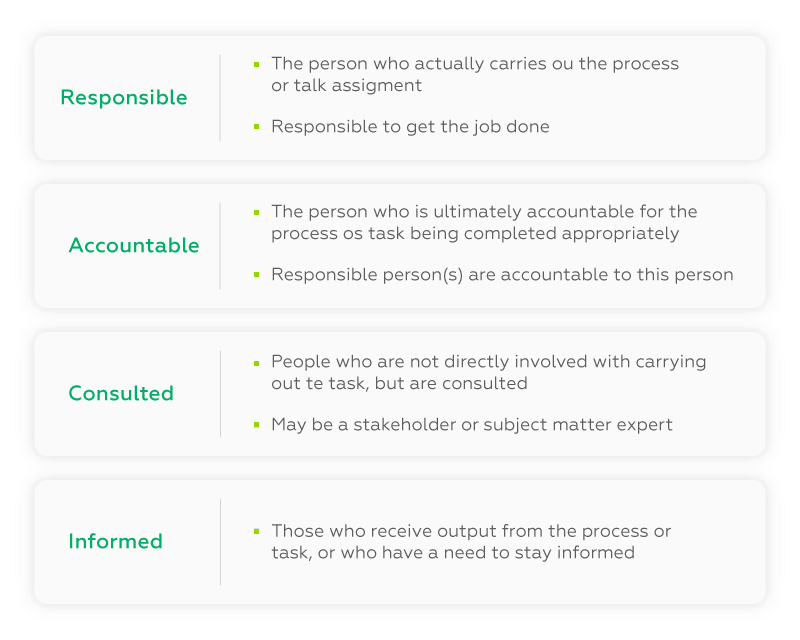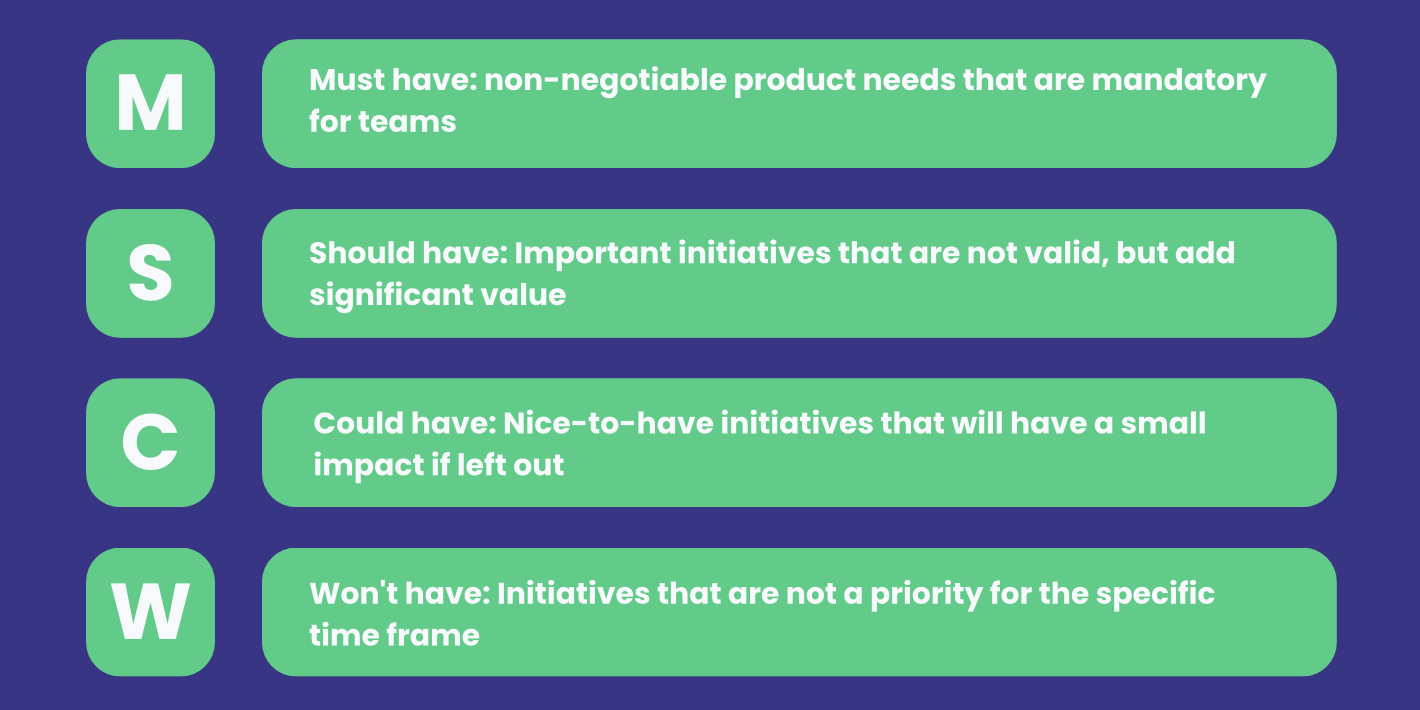Companies use work management systems or issue tracking systems to increase the efficiency of their operations. But these efficiencies often stop at the borders of the company. When companies need to integrate data from outside their borders, often through collaboration with other firms, the lack of data integration introduces high friction in day-to-day operations.
This can be resolved through a mindful process of cross-company software integration. This kind of integration should allow data to be shared between two different platforms without putting each side’s autonomy or security at risk. So, each side should be able to decide what information and when to share with the other side(s).
As you know, successful cross-company integration requires some careful thinking. You need to have your goals in mind when you start this process. Additionally, identifying your key stakeholders and your team, along with your requirements and specifications are good first steps, since these requirements and specifications will drive your technology choices. After that, you should take steps to implement and evaluate your plan to ensure you meet your stated goals. These steps mirror those needed to complete any type of project.
You can complete the cross-company integration by following these 6 steps. Let’s take a look at them:
Step 1 – Defining your ‘Why’
The very first question to ask ourselves is why we need a cross-company integration in the first place. So before constructing a solid cross-company integration plan, it’s best to fully understand both the business and strategic objectives for the specific data integration. We don’t want to be lost halfway through the process, right?
You’d better ask yourself what you are trying to achieve through this integration first. Are you trying to:
- Reduce workflow times?
- Increase the visibility of critical data at important points?
- Increase the accuracy and visibility of financial data?
- Increase the visibility of critical incident data?
- Reduce logistics delivery times?
Whatever your goals or objectives, identifying them should come before moving further into the integration process.
Along with identifying your business and strategic data integration goals, you might want to look at how you’re going to measure success. It’s a very good idea to identify and agree upon the key performance indicators (KPIs) you will use to guide you in evaluating the overall effort. Properly formulated, the right KPIs will not only measure success but help improve your integration efforts over time.
Two other complementary issues are essential in the overall strategic planning process. There are always risks and trust issues to consider, whenever two companies integrate data between systems. What are these risks? If you’re making critical decisions based on this data, you really need to have confidence in the reliability and accuracy of the integrated data.
Similarly, you first have to decide on the amount and type of data you can externally expose. All the companies involved in this integration process must have a clear understanding of the acceptable uses of the data that’s shared between them and what’s expressly prohibited.
Note: You can also refer to this B2B integration guide to get more insights about how multiple companies can benefit from an integration.
Step 2 – Identifying Stakeholders and your Project Team
Many integration projects fail because there wasn’t enough time and effort spent in identifying key stakeholders and ensuring that the right people were on the project team at the beginning of the project. It’s essential to identify your key stakeholders and get a clear understanding of their expectations for the Cross Company Integration. To complete this step, you need to:
Identify Subject Matter Experts (SMEs) with Needed Skills
Your team members play a crucial role in this. They should have the right skills for the completion of your cross-company integration project. This includes:
- Business Sponsor. Clearly identified business sponsors can serve as your cross-company integration project champions. Sponsors should be available on both sides of the integration, so everyone can be on the same page regarding the overall goals. These sponsors should be knowledgeable about the project’s strategic goals and have enough leverage with the companies involved to help overcome any project obstacles. The importance of having champions with enough leverage can’t be overstated since many integration projects fail due to disinterested stakeholders.
- Understanding of Business Processes on Both Sides of the Integration: The knowledge of where data needs to be synchronized and integrated starts with a complete understanding of the business processes on both sides of the integration equation. It requires some type of process mapping. This process mapping will help you define where you need to integrate your data. It is also useful in helping you identify any improvements required in your data integration effort.
- Application Knowledge: Your team should include application SMEs who can identify the values and types of data expected by each application, how the application will use the data, and what the expected outputs are. This knowledge is an asset to a successful cross-company integration.
- Impact on Infrastructure: With the development of robust hi-speed networks, this is an often-overlooked part of the planning process. However, it’s essential to look at the volume of data and the types of systems being used to make sure any potential infrastructure bottlenecks have been identified and dealt with.
- Security: Whenever you allow external parties to access your systems, you create a security risk. You have to weigh operational considerations against these external security risks, and ensure to take steps to minimize these exposures.
- Governance: Governance and compliance issues are yet another thing to take into consideration, especially when it comes to financial data integration. Data integrity is crucial; there must be a governance framework in place to ensure that the data in the cross-company integration is both consistent and trustworthy. Additionally, good governance ensures your plan addresses legal and regulatory issues.
Availability
Do you need your data to be synchronized in real-time, or do your business processes only require periodic updates? Let’s not assume that the data will be available 24/7, so make sure your implementation plans spell out the availability requirements.
Roles and Responsibilities
This is a crucial planning step in any organization but is of vital importance when it comes to a cross-company integration project. Projects often stall or completely fail because individual roles and responsibilities are not clearly defined.

You can quickly end the confusion over roles and responsibilities by using a RACI chart. RACI charts are an ITIL best practice for Service Strategy, Transition, and Operations, where individuals and departments are assigned roles and responsibilities to specific tasks. Specific tasks are listed down the right side of the chart, and team members and departments are identified by one of their roles; responsible, accountable, consulting or informed (RACI). Multiple members can be responsible, consulted on, or informed on specific tasks. However, only one individual or department can be accountable for a task.
A practical of a RACI Chart
Step 3 – Defining Requirements, Specifications, and Technical aspects.
Once you’ve identified your goals and objectives, your key stakeholders, and put your team in place, you’re ready to start digging into the details of your cross-company integration. The most important attribute for performing this step is your attention to detail and specifics.
This is where good requirements analysts are worth their weight in gold. The more detailed the data synchronization requirements and specifications are nailed down at the beginning of your effort, the better your chances of success. These include:
- Information Exchange: It’s essential to know exactly what information needs to be exchanged. Moreover, the specific purposes for information must be validated. Are you looking to fully integrate and synchronize workflows between the companies, or do you need to integrate only at specific points in the process?
- Use cases: Identifying how specific users interact with a system under a collection of possible scenarios is the hallmark of a use case. How specific individuals use your systems for different purposes will help facilitate your cross-company integration effort by allowing you to see how data moves through workflows and work management systems.
- Data values: Have you identified all the possible and valid data values that your systems will pass to each other? For example, many specific systems will balk at negative costs for their data exchanges. The data format is an important consideration. A three-digit value won’t integrate into a system that only permits two digits for the same data value.
- Workflow orchestration: Let’s look at how your cross-company integration is orchestrated into all workflows. The ideal orchestration will ensure that changes in internal workflows do not affect cross-company integration.
- Side-effects: It’s always essential to plan on alternatives to address any unintended side-effects of the integration project. This includes minimizing these side effects through a phased rollout of the integration; first though small pilots, then planning any system-wide roll out during times of least impact. A key consideration during this planning is developing and testing reasonable roll-back plans.
- Training requirements: Training requirements exist for both the business process levels – the end-user of your systems and those who maintain the systems. Your integration plan must focus on training end-users on the changes made to existing business processes. Additionally, your training efforts must satisfy the more extensive technical training requirements of your implementation engineers. They are responsible for operating and maintaining the integration technology that is needed to properly manage, support, and upgrade the cross-company integration as improvements are constantly made to the process.
Step 4 – Choosing the right technology.
Now that you’ve planned your integration project, selected your team, identified stakeholders, and thoroughly looked at all your requirements, specifications, and other technical considerations, you’re all ready to transition your plan into an error-free production environment.
But wait! You still have some final technical decisions to consider.
The first step in deciding what technology to implement is a MoSCoW analysis. This method, first extensively used with the Dynamic Systems Develop Method (DSDM), is a good prioritization technique used to reach a common understanding of the importance that all stakeholders place on the delivery of each cross-company integration requirement.

MoSCoW is an acronym that comes from the first letter of the prioritization categories -Must have, Should have, Could have, Won’t have (the Os were placed there just to make the acronym more pronounceable). Using a MoSCoW approach, defining what requirements and specifications are most important, will help optimize benefits as early as possible in your integration project.
Next, you need to decide if you are going to use internal resources to build or develop an application for your cross-company integration project considering all of your possible resources. If resources could be better used elsewhere and there is a suitable external vendor with a reliable integration product at a reasonable price point, then you’d better consider buying an integration product instead.
Note: There are a variety of integration solutions available on the market to choose from if you’re thinking about buying an integration tool. Users who look for a flexible external integration product, find Exalate one of the most practical solutions. It provides complete autonomy for both sides, so they can control what information is shared and in what way. It also enables them to integrate data while working in the comfort of their own environment without worrying about security issues. You can read more about Exalate’s security here.
Whether you choose to complete your cross-company integration project internally or pursue an external vendor, your final step in implementing the technology is to test and validate your choice. This requires a solid test plan where all the possible use case outcomes are tested and successfully validated.
Finally, let’s consider the two final steps before flipping the switch, and then we’re good to go!
It’s essential to make sure that your users (both internal and external) responsible for making the final integration successful, receive training on how the cross-company integration affects any work processes. Plus, you need to ensure you’ve thoroughly documented your entire cross-company integration effort. It provides a full understanding of all affected workflows and becomes a cornerstone for all future improvement efforts.
Step 5 – Operation
OK, it’s time! Once all technology considerations have been accounted for, and you have successfully validated your cross-company integration effort through the use of the appropriate testing and pilot programs, you’re ready to begin operations.
This is where the Key Performance Indicators you identified in step one becomes important. The more time you take to make sure you have chosen the appropriate KPIs, the better you will be able to measure actual indicators and match them against the control indicators. This will not only help you measure success but help you identify opportunities for improvement.
Step 6 – Celebrate Your Success.
Congratulations! You’ve successfully taken all the required steps to build a bulletproof cross-company integration. You worked hard to plan, transition, and execute your cross-company integration. You selected the right KPIs, and all measurements indicate you have reached your goals.
Your cross-company integration has helped reduce inventory, reduce costs, reduced incident response time, allowed your DevOps teams to become more productive, and has increased your overall ROI.
You all deserve to take a little time to celebrate your success. Take your team for a latte at your favorite café or go all out and enjoy a night on the town. You’ve earned it!
Recommended Reading:
- The Definitive Guide to Cross-Company Integrations for IT Professionals
- ITIL and Cross-Company Integration
- ITSM Integration: Simplify Your IT Services Like Never Before
- Exploring The Best No-Code Integration Tools For Businesses
Note: If you’re an IT professional and are looking for the ultimate guide to successful cross-company integration, then this is your one-stop handbook, employing ITIL 4 and SIAM (Service Integration and Management) best practices.




